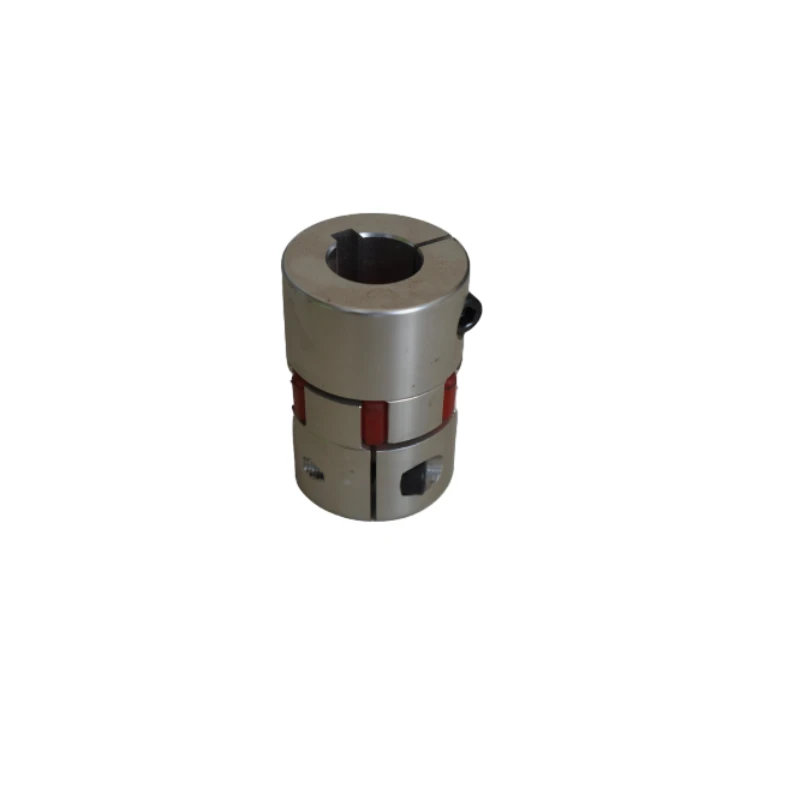Innovative Techniques in Green Sand Casting for Modern Foundries and Sustainable Practices
Green Sand Casting Foundry An Eco-Friendly Approach to Metal Casting
In the manufacturing world, green sand casting has emerged as a prominent technique, celebrated not only for its efficiency but also for its environmentally friendly attributes. This traditional method of metal casting utilizes a mixture of sand, water, and clay to create molds, making it a staple in foundries around the globe.
The Composition of Green Sand
The term green in green sand casting does not refer to color but rather to the moist state of the sand mixture when it is used. The primary components of green sand are silica sand, clay (usually bentonite), and water. The silica sand provides the bulk, while the clay acts as a binder that holds the sand grains together. Water is crucial for activating the clay and ensuring the sand can be shaped into molds.
One of the significant advantages of using green sand is its ability to be repeatedly recycled, which significantly reduces waste. After a casting is completed, the sand can be crushed, screened, and reused for future molds. This recycling process aligns with sustainable practices, making it a sought-after choice in modern foundries.
Advantages of Green Sand Casting
1. Cost-Effectiveness One of the distinguishing features of green sand casting is its low material cost. The raw materials are inexpensive and widely available, and the recycling of sand minimizes waste and production costs.
2. Versatility Green sand casting is suitable for producing a wide range of metal parts, from complex shapes to simple designs. It is commonly used for aluminum, iron, and other metal alloys, making it versatile for various industries including automotive, aerospace, and art.
green sand casting foundry

3. Fine Detail and Surface Finish The molding process allows for intricate designs and fine detail in castings. When the molds are properly prepared, they can produce high-quality surface finishes that require minimal machining, thereby saving time and resources.
4. Environmentally Friendly As mentioned, the ability to recycle the sand significantly reduces the environmental impact of the casting process. Furthermore, green sand casting does not typically use harmful resins or binders, minimizing the emission of volatile organic compounds (VOCs) compared to other molding processes.
Challenges in Green Sand Casting
Despite its numerous advantages, green sand casting is not without challenges. The quality of the molds is heavily dependent on the skill of the operators. Achieving the right mixture of sand, clay, and water is critical, and improper ratios can lead to defects in the final casting. Additionally, constant monitoring of the sand's properties is necessary to ensure consistent quality over time.
Temperature control during the casting process is another concern. If the metal is poured at too high a temperature or if the mold is not sufficiently prepared, it can lead to issues like sand sticking to the casting or poor surface finish.
The Future of Green Sand Casting
As industries increasingly prioritize eco-friendly manufacturing practices, the green sand casting process stands to benefit greatly. Innovations in materials and techniques continue to enhance the efficiency and effectiveness of this method. Researchers are exploring alternative binding agents and improved recycling processes that could further reduce the environmental impact.
In conclusion, green sand casting foundries play a vital role in the metal casting industry, offering a sustainable and cost-effective method for producing high-quality metal parts. With ongoing advancements and a growing emphasis on environmental responsibility, green sand casting is poised to remain a cornerstone of modern manufacturing.
-
Aluminium Pressure Die Casting High-Precision & Durable Solutions for Complex PartsNewsJul.08,2025
-
Top Aluminum Sand Castings Manufacturer – Precision Green Sand Castings for Industrial NeedsNewsJul.08,2025
-
Precision Lost Wax Casting Quotes – High Accuracy Custom Parts Lost Wax Precision Casting ServicesNewsJul.07,2025
-
High-Quality Sand Used for Casting - Superior Sand for Sand Casting ProcessesNewsJul.07,2025
-
China Supply High End Metal Stamping Parts Sino - Precision Manufacturing FactoryNewsJul.06,2025
-
High-Quality Automotive Investment Casting Services Precision & Sand Casting SolutionsNewsJul.06,2025















